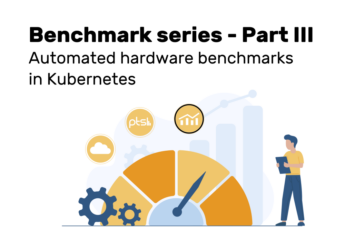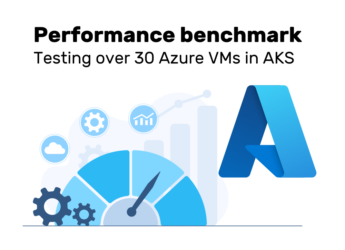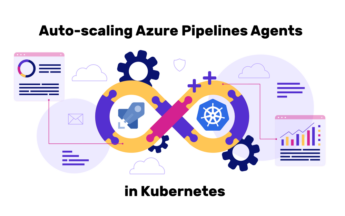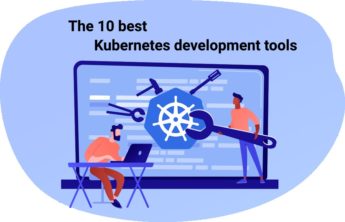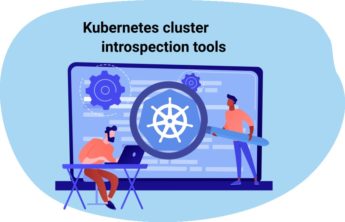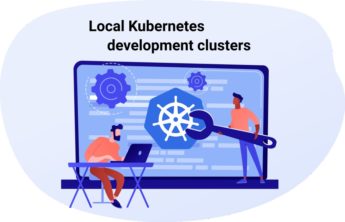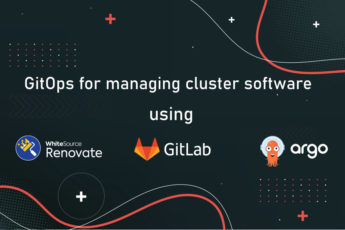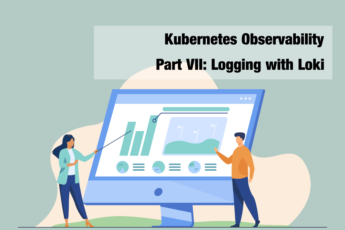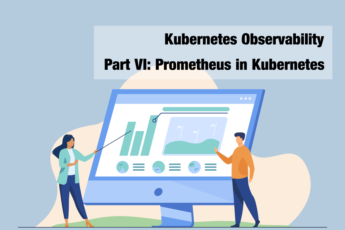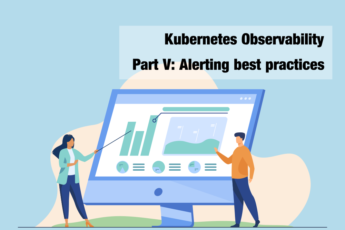Benchmark series part 3: Automated hardware benchmarks in Kubernetes
I present my own hardware benchmark automation framework that creates a Kubernetes cluster with different VM types of your choice, schedules a containerized benchmark container on each node, and collects+processes the result. The framework is open source and available on GitHub. I also provide hints for how to visualize the results. Introduction A hardware benchmark … Read more

